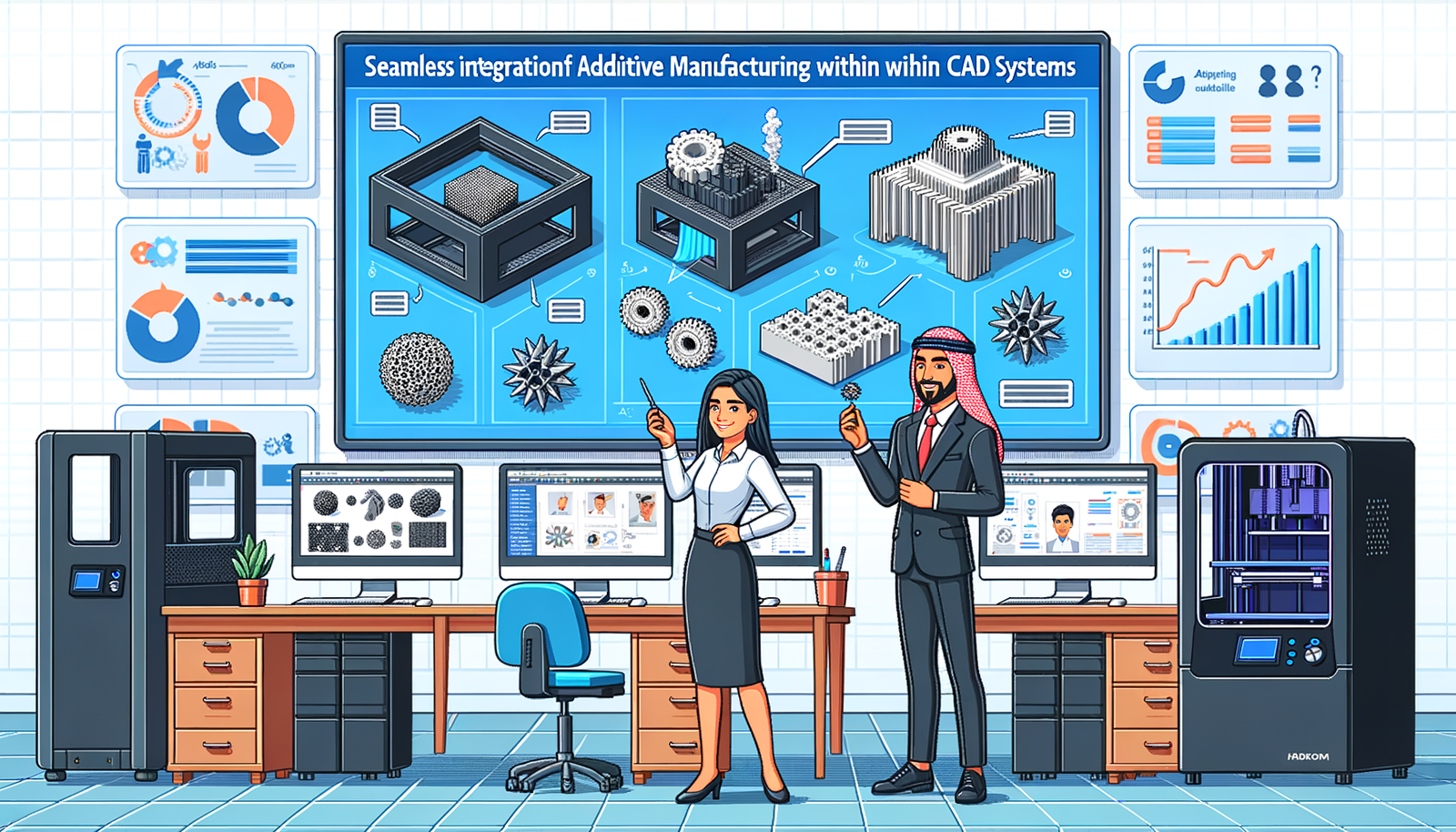Your Cart is Empty
Customer Testimonials
-
"Great customer service. The folks at Novedge were super helpful in navigating a somewhat complicated order including software upgrades and serial numbers in various stages of inactivity. They were friendly and helpful throughout the process.."
Ruben Ruckmark
"Quick & very helpful. We have been using Novedge for years and are very happy with their quick service when we need to make a purchase and excellent support resolving any issues."
Will Woodson
"Scott is the best. He reminds me about subscriptions dates, guides me in the correct direction for updates. He always responds promptly to me. He is literally the reason I continue to work with Novedge and will do so in the future."
Edward Mchugh
"Calvin Lok is “the man”. After my purchase of Sketchup 2021, he called me and provided step-by-step instructions to ease me through difficulties I was having with the setup of my new software."
Mike Borzage
Design Software History: Bi-directional Associativity: Revolutionizing CAD with Seamless Synchronization and Parametric Modeling
November 24, 2024 4 min read


Introduction to Bi-directional Associativity
In the realm of Computer-Aided Design (CAD), bi-directional associativity stands as a pivotal advancement that has significantly enhanced the efficiency and accuracy of the design process. At its core, bi-directional associativity refers to the seamless synchronization between different representations of a model—such that changes in one aspect automatically reflect in others, regardless of the direction of the modification. This concept is crucial because it ensures that all elements of a design remain consistent, reducing the risk of errors and the need for repetitive adjustments. The development of bi-directional associativity has been a journey shaped by technological innovations and visionary contributors within the design software industry. This article delves into the historical context of associativity in CAD, explores the technical foundations of bi-directional associativity, and looks ahead to current trends and future directions in modeling practices.
Historical Context and Evolution of Associativity in CAD
The inception of CAD systems in the late 20th century revolutionized the way designers and engineers approached modeling. Early CAD software, such as those developed by Autodesk in the 1980s, offered groundbreaking tools for digital drafting but were limited by one-way associative features. In these systems, changes made in a 3D model would update the 2D drawings, but not vice versa. This unidirectional flow meant that any alterations in the 2D representation required manual updates to the 3D model, leading to inefficiencies.
The limitations of one-way associativity prompted a quest for more dynamic solutions. The introduction of two-way associativity marked a significant milestone, enabling changes in the 2D drawings or the 3D model to reflect across both platforms seamlessly. This advancement was closely tied to the development of parametric modeling tools, which utilized parameters and constraints to define models. PTC (Parametric Technology Corporation) was instrumental in this evolution with the release of Pro/ENGINEER in 1988, the first parametric, feature-based solid modeling software. The software allowed for a more intuitive design process where modifications were easily managed through parameters.
Influential figures played crucial roles in advancing associativity. Ivan Sutherland, often regarded as the father of computer graphics, laid the groundwork with his 1963 program Sketchpad, which introduced concepts of object-oriented graphics and constraints in design. Later on, companies like SolidWorks, founded in 1993, built upon these ideas to offer more accessible and user-friendly parametric modeling tools that embraced bi-directional associativity. This progression significantly streamlined design workflows and set new industry standards.
Technical Underpinnings of Bi-directional Associativity
At the heart of bi-directional associativity are complex mathematical and computational principles that ensure consistency across all model representations. The foundation lies in the use of constraints and dimensions that establish relationships between different elements of a model. These parameters define how changes to one part of the model affect others, maintaining the integrity of the design through automatic updates.
Algorithms play a critical role in managing these relationships. They are designed to efficiently handle the propagation of changes throughout the model, resolving dependencies, and preventing conflicts. The use of constraint-solving algorithms enables the software to calculate the necessary adjustments when a parameter is altered, ensuring that all related components adapt accordingly. This computational approach minimizes errors and enhances the reliability of the design process.
In practical terms, bi-directional associativity benefits designers by providing flexibility and reducing redundancy. For example, when modifying the length of a component in a mechanical assembly, the change automatically updates all associated parts and drawings. This synchronization eliminates the need for manual revisions across different documents. However, it also presents challenges, such as increased computational load and the need for sophisticated error-checking mechanisms to handle complex models with numerous interdependencies.
Current Trends and Future Directions
Today, modern design software has fully embraced bi-directional associativity, integrating it as a standard feature that enhances productivity and collaboration. Leading software like Creo (from PTC) and CATIA (developed by Dassault Systèmes) offer advanced parametric modeling capabilities that leverage bi-directional associativity to streamline the design process. These tools provide designers with robust platforms to create intricate models with the assurance that all components remain synchronized through every iteration.
The advent of Artificial Intelligence (AI) and Machine Learning (ML) is further enhancing associative features. AI algorithms can predict design changes and suggest optimizations, while ML models learn from previous designs to improve constraint management. This integration leads to smarter software that can handle more complex models with greater efficiency.
Looking ahead, the future of modeling practices is poised to be influenced by emerging technologies such as cloud computing and virtual reality (VR). Cloud-based CAD solutions enable real-time collaboration with bi-directional associativity across distributed teams. VR technology offers immersive design experiences where changes can be made in a virtual environment and reflected instantly across all model representations. These advancements suggest a trajectory where bi-directional associativity becomes even more integral to the design process, supporting greater innovation and collaboration.
Conclusion
Bi-directional associativity has undeniably played a transformative role in the evolution of design software. By enabling seamless synchronization between different aspects of a model, it has enhanced accuracy, efficiency, and overall productivity in the design process. The advancements from early CAD systems with one-way associativity to today's sophisticated parametric modeling tools highlight the industry's commitment to innovation. As technology continues to evolve, with AI and emerging technologies shaping the future, bi-directional associativity will remain a foundational element that supports complex design workflows across various disciplines. Its progression reflects not only technological advancements but also a deepening understanding of the needs of designers and engineers in an ever-changing digital landscape.
Also in Design News

Seamless Integration of Additive Manufacturing Within CAD Systems: Enhancing Design Flexibility and Workflow Efficiency
November 24, 2024 8 min read
Read More
ZBrush Tip: Enhance Your Sculpting with Advanced ZBrush Brush Customization Techniques
November 23, 2024 2 min read
Read More
V-Ray Tip: Effective Strategies for Minimizing Noise in V-Ray Renders
November 23, 2024 2 min read
Read MoreSubscribe
Sign up to get the latest on sales, new releases and more …


